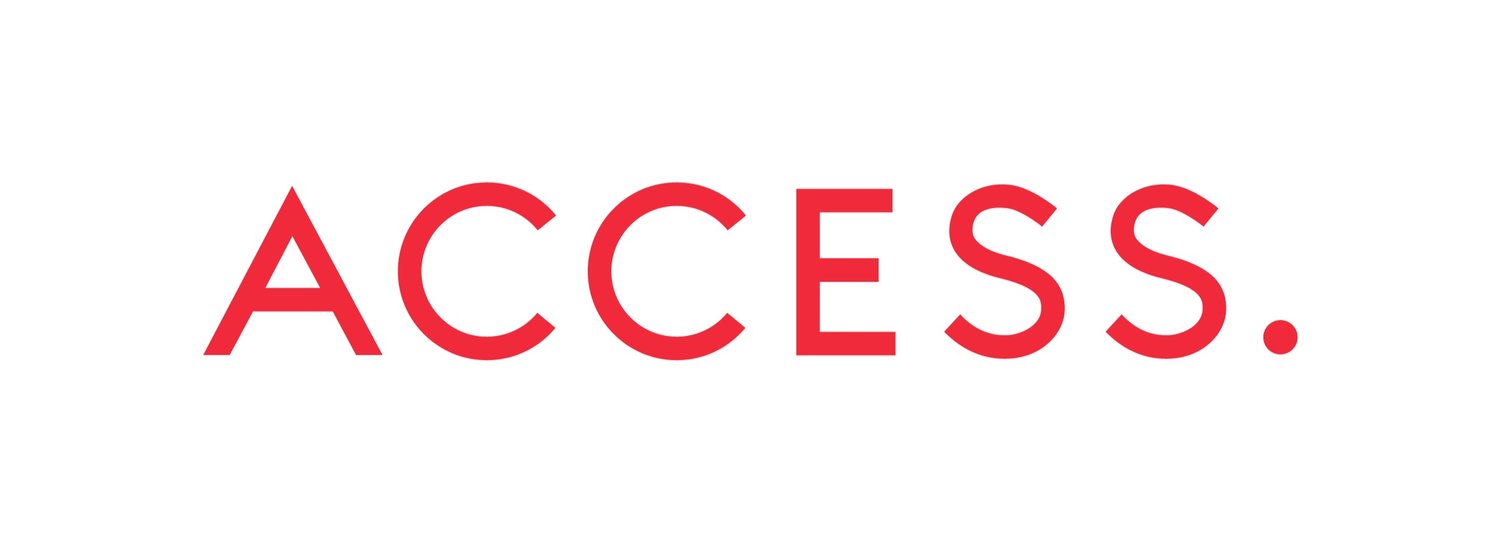The pandemic has changed the way we live, work and get around - pushing public transit ridership numbers down to historical lows. In some areas, projections show it will take some time for riders to return (source: NPR), however in other areas such as Vancouver, BC, rebounds have been much faster (source: BIV). What has enabled such areas to experience faster recovery?
Ridership recovery is affected by several factors, including whether the area in question is built around the concept of transit-oriented development and whether the transit network has been developed in a way to ensure ridership-oriented expansion. But perhaps one of the most critical factors is source of revenue – and how dependent the transit service is on farebox revenue. Adequate and consistent funding from multiple sources has been a crucial driver of TransLink’s success in attaining faster ridership recovery, as we will demonstrate in this article.
At Access, we have an extensive history of providing value in transportation planning and of working with public transit agencies, for instance, recently we contributed to a paper for the Transportation Association of Canada that laid out the range of funding tools that transit agencies could consider to create a more robust revenue generating portfolio. From our work, we have seen that TransLink in Metro Vancouver has been successful in regaining ridership for transit. The media has reported a similar story: Metro Vancouver’s ridership rebound of 75% in fall 2022 outpaced that of major metropolitan areas in not only Canada, but also the U.S., which only returned to roughly 48 per cent and 56 per cent of their pre-pandemic levels respectively (source: BIV).
So, what exactly is TransLink doing that is enabling better ridership recovery compared to other public agencies? The answers are multiple: fast, agile and concentrated transit recovery efforts, data-driven investigation into ridership trends that enables better policy decision-making, provincial commitment to sufficient funding ($2.4 billion for TransLink’s 2022 investment plan), and the use of promotional campaigns such as the ‘Ride On’ campaign in 2021 and the ‘Ride and Shine’ campaign in 2022, that encouraged the use of public transit over cars, and reliable, high frequency bus-service that has great coverage in the Metro Vancouver area. Importantly, service levels for transit were not cut in Vancouver during the pandemic, unlike in other jurisdictions, for example Toronto and Montreal, helping TransLink maintain ridership. Another factor contributing to TransLink’s success is its focus on transit-oriented development (TOD) in its public transit efforts, which has made the Metro Vancouver area more resilient in the face of pandemic-induced ridership loss.
Perhaps the most important reason, however, is that compared to other agencies, TransLink is also in a better position to keep service levels robust because it does not have a heavy reliance on a singular source of revenue. Specifically, it relies less on farebox revenue, compared to other transit agencies in Canada. In fact, fare revenue only accounts for about one-third (33%) of TransLink’s annual operating revenue. The remaining proportion is made up by revenue from taxation (44%), government transfers (19%) and other (4%). Sources of taxation revenue include fuel and property tax, parking rights and the hydro levy. Federal and provincial government transfers enable the funding of major capital projects. This includes funds received from the Federal Gas Tax, Canada Line funding, Building Canada Fund, Public Transit Infrastructure Fund and other miscellaneous programs such as the City of Richmond contributions for Capstan Station (source: TransLink). Thus, TransLink has a dynamic funding model that helps to keep it resilient to shocks and uncertainties.
Source: TransLink
In an age of lower-than-normal levels of ridership in certain areas due to short-term behavioral shifts, transit agencies that rely on fare box revenue are going to be the most challenged to provide services at levels that make services competitive. Because of this, they are forced to cut service, which makes service even less competitive, thus being sucked into a ‘ridership death spiral’ (as mentioned by Harvard academic David Zipper, as well as other prominent figures in mobility debates). Agencies that have more robust and resilient funding frameworks, such as TransLink, are in a better position to withstand lower ridership and will be more amenable to adapting to meet demand. Other supporting measures like having transit supportive land use, also aid ridership recovery and can help with revenue resilience for public transit in the long term. Because of these measures, despite the fact that even TransLink required emergency funding from the government due to the ‘death spiral’ resulting from decreased ridership in recent years (source: CBC news), it has seen more success in ridership recovery, compared to other transit agencies.
It is important to note here that there is no one-size-fits-all model for agencies and that decisions about funding and governance will be dependent on a number of factors. At Access, we work with clients to map these context pieces out and help organize solutions around core values and objectives that are context sensitive.
How can we develop and maintain these ‘more robust and resilient funding frameworks’? In a future post, we will investigate how transit agencies across Canada use different funding models and what the implications of these models are for their financial success.




